Say Hello!
Sign In
- Trekking Tips
6 Techniques that will help you deal with Knee Pains during a Trek
An injury on a trip is hardly the kind of souvenir you'd like to bring, right? And if you categorically have this innate ability to trip on anything or even better, tripping on nothing, then you may want a heads up before you start your trek.
Seriously, the knee injury is perhaps the most common injury hikers face. This especially occurs during the descent, when your knees become the scapegoat to all strains and weights and jerks. And this probably might be due to a varied number of reasons, excluding your extraordinary talent to be clumsy, assuming you are one.
Now, any medical condition can be broken into 2 basic parts.
First, the preventive measures.
And two, how to deal with that injury, god-forbid you do succumb to one.
PREVENTION
1) Pre-Trip Workout
We, at Trekmunk, will surely provide you with a well planned pre-trip exercise routine. It won't be elaborate but sufficient to help you build stamina and strengthen your muscles. You haven't exercised for months and think that you'll directly be able to trek, then you have got it wrong. Even if you have just a week Justify, try exercising. Your knees or as a matter of fact your body, cannot cope with a sudden bout of long hours of walking. So try preparing yourself for the trek, it will help you enjoy your trek better.
2) Correct Shoes
A mistake that a whole chunk of novice trekkers make is the wrong choice of shoes. You probably have an extremely funky looking pair or an expensive branded one. It doesn't matter. There are special shoes for hiking and trekking. They have shock-absorbing soles and high ankle supports. Both of which, are gonna reduce the amount of strain that you put on your knee while walking.
3) Descend in the Right Manner.
Moving downhill is one of the most strenuous parts of the journey, at least for your knees. Most trekkers tend to damage their knee while descending. This probably occurs because of the incorrect tread.
While moving down the slope, most of us get this feeling that we might fall, a work of gravitational pull. As a result of every time you put your foot down, it's with force. All the muscles in your legs become tense and overstretched. Additionally, most of us walk either too slowly and carefully or way too quickly.
So how to descend?
a) Walk sideways.
Let your feet be pointed in a direction perpendicular to the path. Also, put your ankle down first and let most of your weight rest on your ankle. This way you won't get the feeling that you are gonna take a death plunge. Secondly, the weight will be distributed evenly in your leg instead of being prejudiced to your knees.
b) Don't take shortcuts.
The longer the path, the better it is. Move zig-zag. This way the steepness of slope reduces and it becomes easier to walk.
c) Keep your knees slightly flexed.
Try to loosen your muscles. This will prevent overstretching and consequent wear and tear.
d) Find a sure footing.
Don't just march blindly. Every time you place your foot, make sure it's well supported before your other foot leaves the ground. If you end up placing your foot on a loose rock or uneven ground, you are bound to fall. So look before you leap, literally. Yeah, that's the next point.
e) Don't leap.
Jumping down from a little high rock might look 'killer-cool', but it's not a wise choice. The impact generated when your feet hit the ground, especially on a slope is going to be a 'killer-blow' for your knees.
f) Keep a normal pace.
Walking too slow or too quickly, both just add to the work your muscles have to do.
4) Hiking Poles.
Most of us believe it to be just a fancy accessory. But hiking poles actually do help to distribute your body weight to your arms and shoulders, significantly reducing the workload on your legs. They'll also help you maintain balance and prevent any unanticipated falls.
5) Warm Up.
Every morning before you begins the day's walking try stretching and warming up a bit. This will help you loosen up your muscles, which is medically termed as the optimum muscle length. This helps your muscles to work most efficiently and for a longer time without succumbing to fatigue.
6) Knee Brace.
If you are a knee-injury-paranoid (just kidding!) bring along a knee brace. Get one with a kneecap i.e it has a cut out at the patellar region. The kneecap will support your joint. And the patellar cap will ease and smoothen your mobility. Thus any undue movements that might harm your knee will be prevented.
Now, the DEALING.
Despite all the precautions you do end up hurting your knee, then what do you do?
First and foremost, inform your trek leader. They are experienced in dealing with such situations. Also, they'd have the right medical commodities to address your needs. You might know your body better but they have lived through such calamities better. So tell them as soon as you start feeling any discomfort.
Secondly, if not too serious, pop the painkillers and muscle relaxants and you probably should be fine. A splinter and a crepe band as the temporary fix will help you reduce mobility and prevent any further damage. A local application might also help.
But these are just makeshift remedies. If you do suffer from a serious blow, finding medical help and a doctor becomes a priority.
Hopefully, you wouldn't knee-d to worry about all this. And we do sincerely wish that your trek goes as flawlessly as you planned, with us!
Comments
Really liked the post! I just shared it on my Family Blog Page š??? https://tecteem.com/waploaded-movies/ Hope you donā??t mind! xd

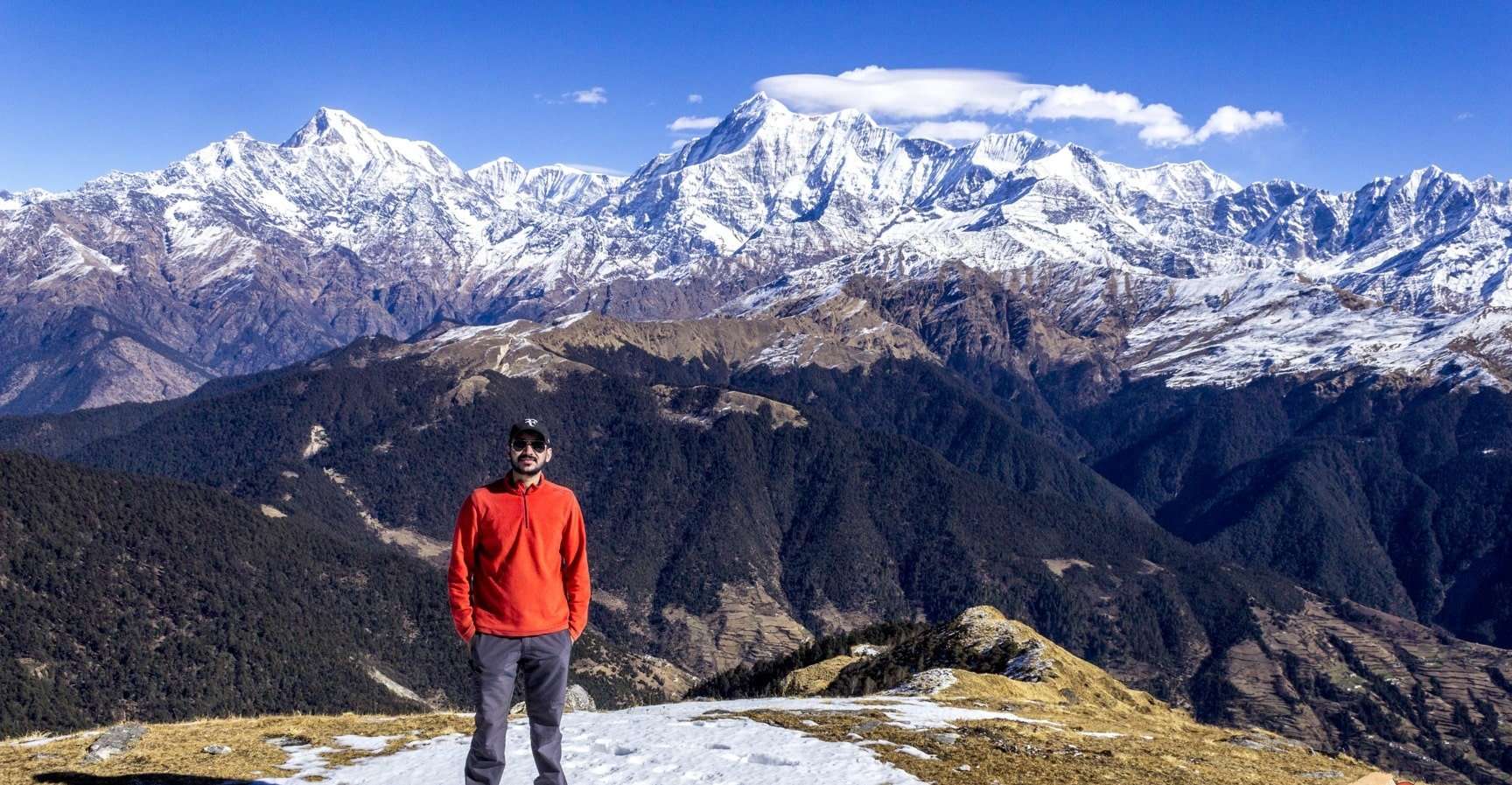
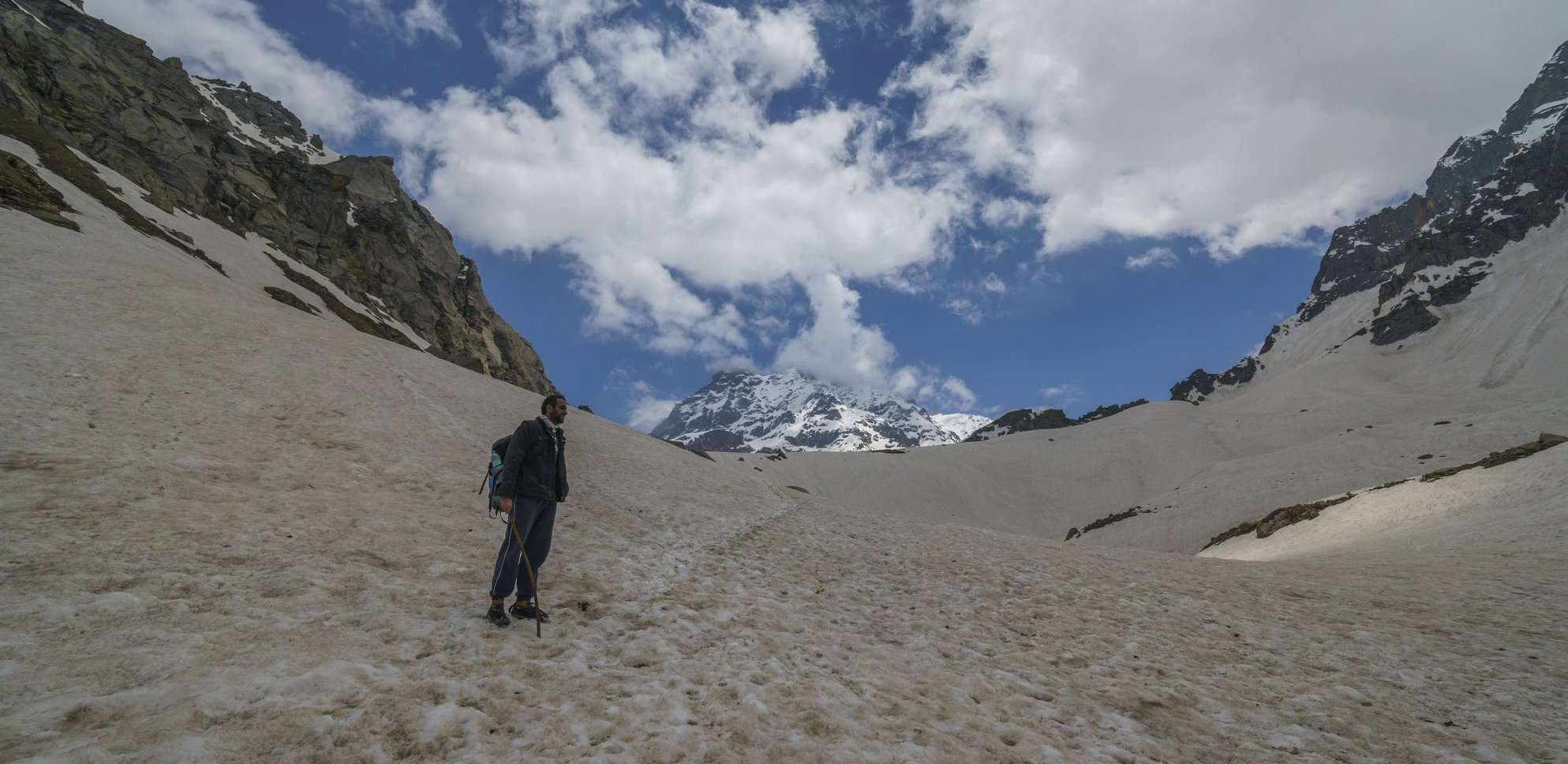
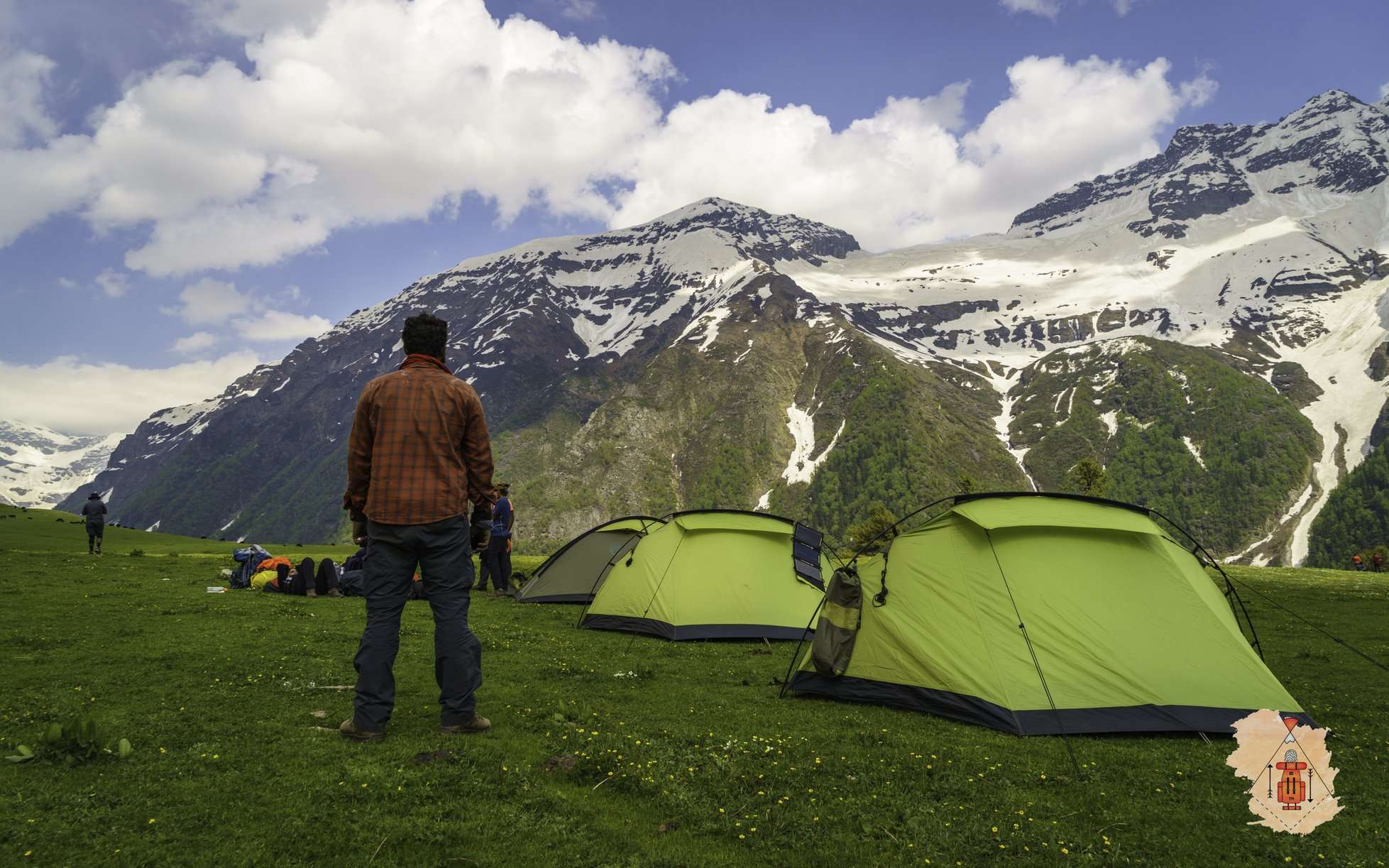
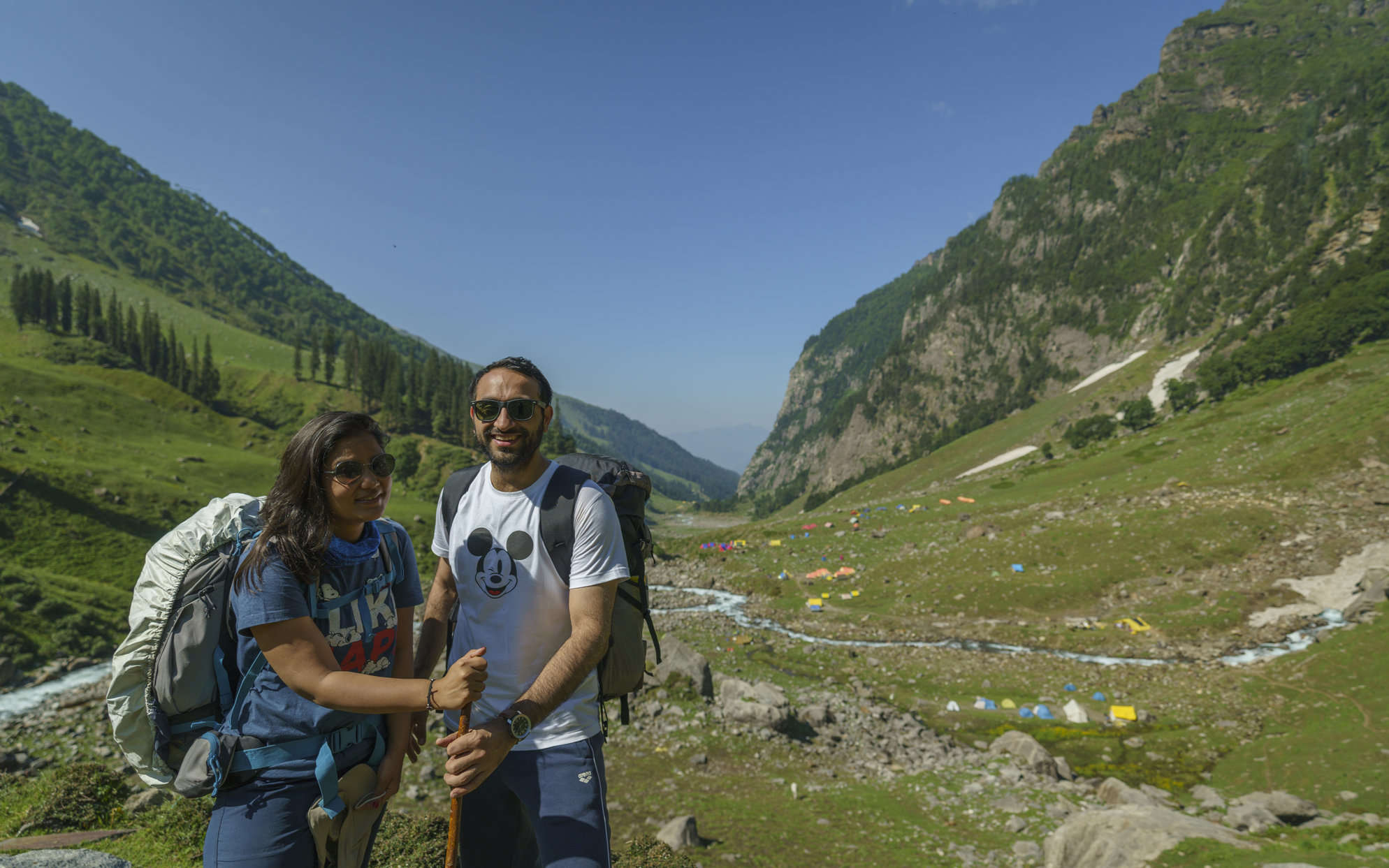
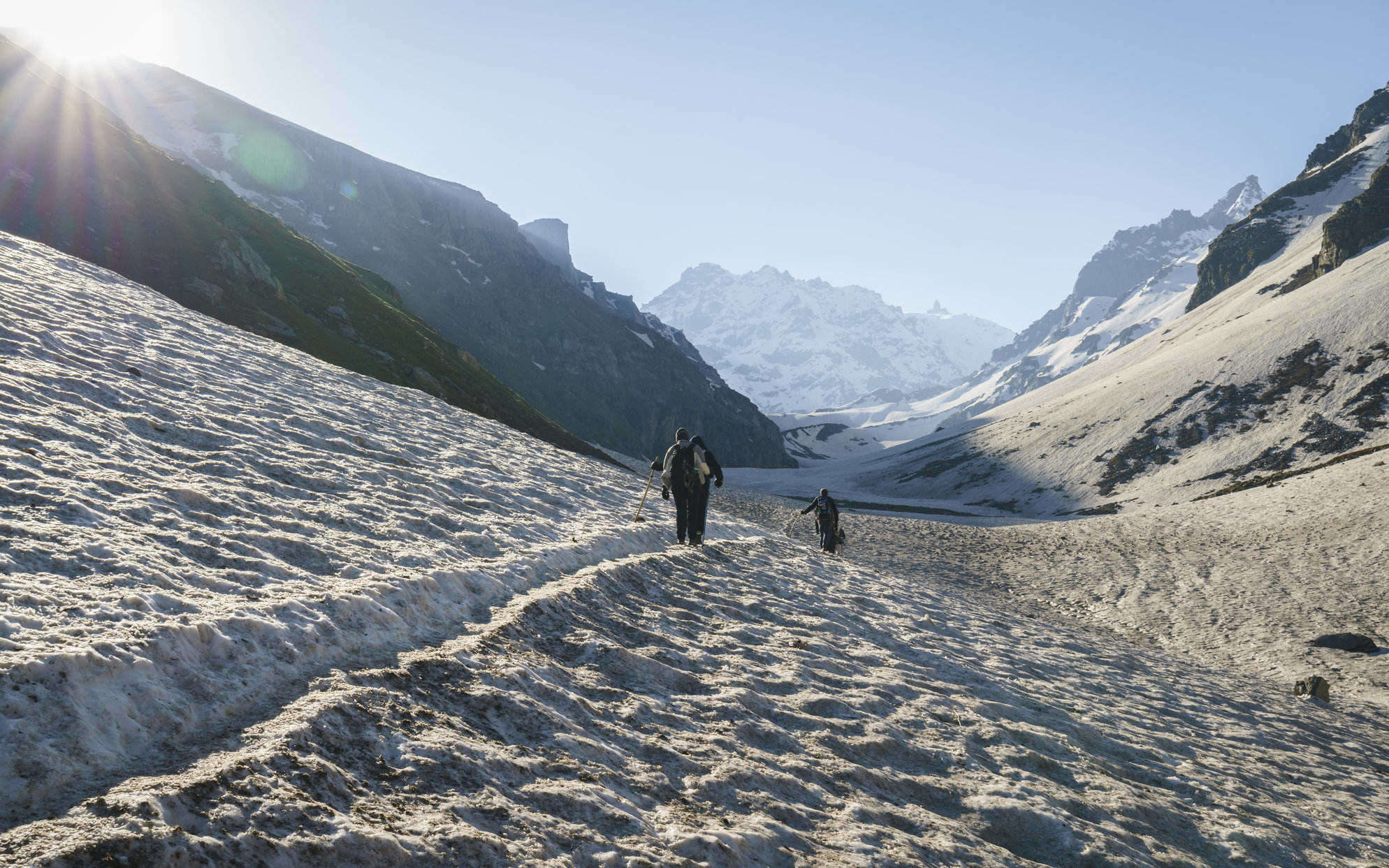
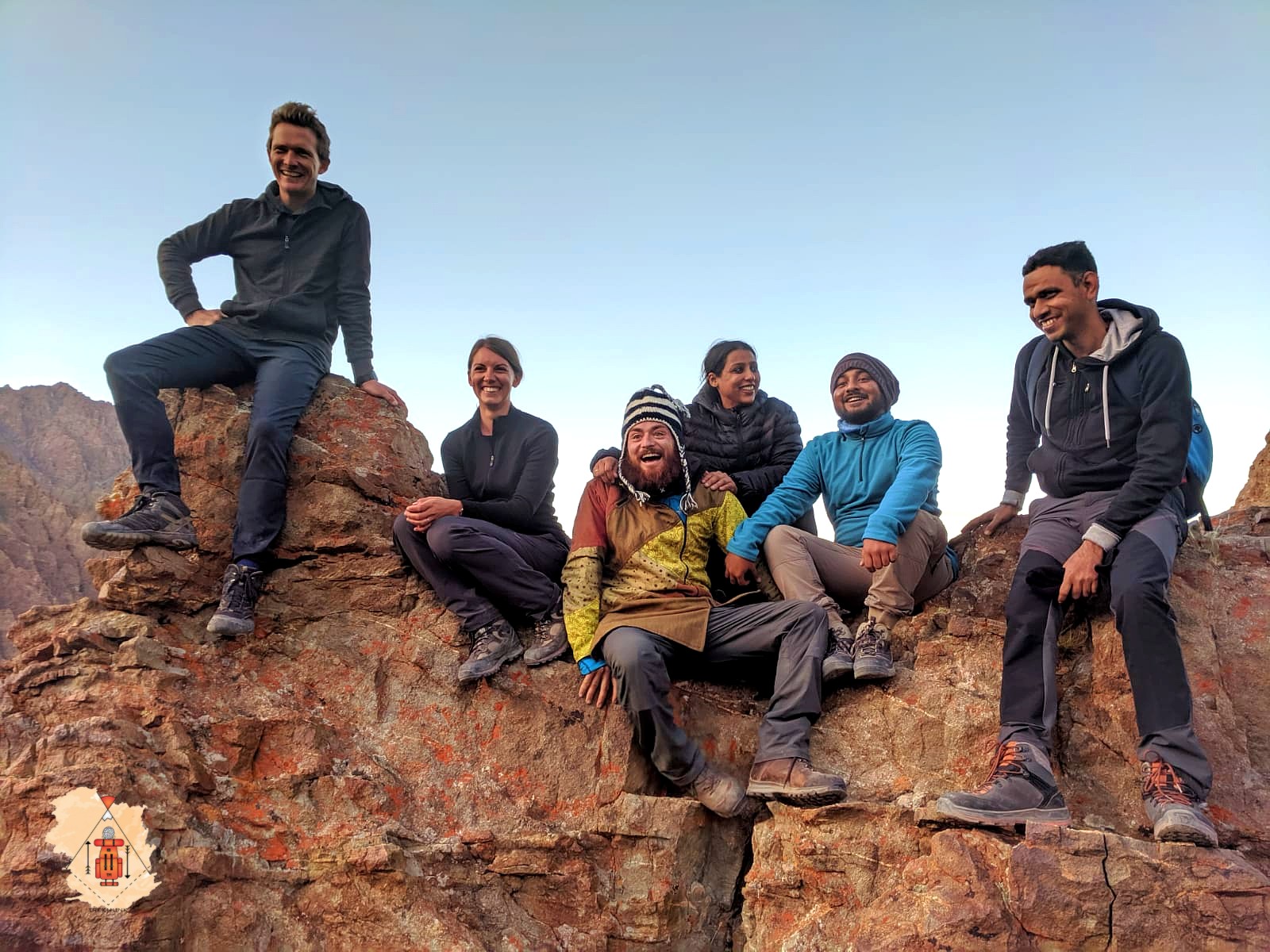
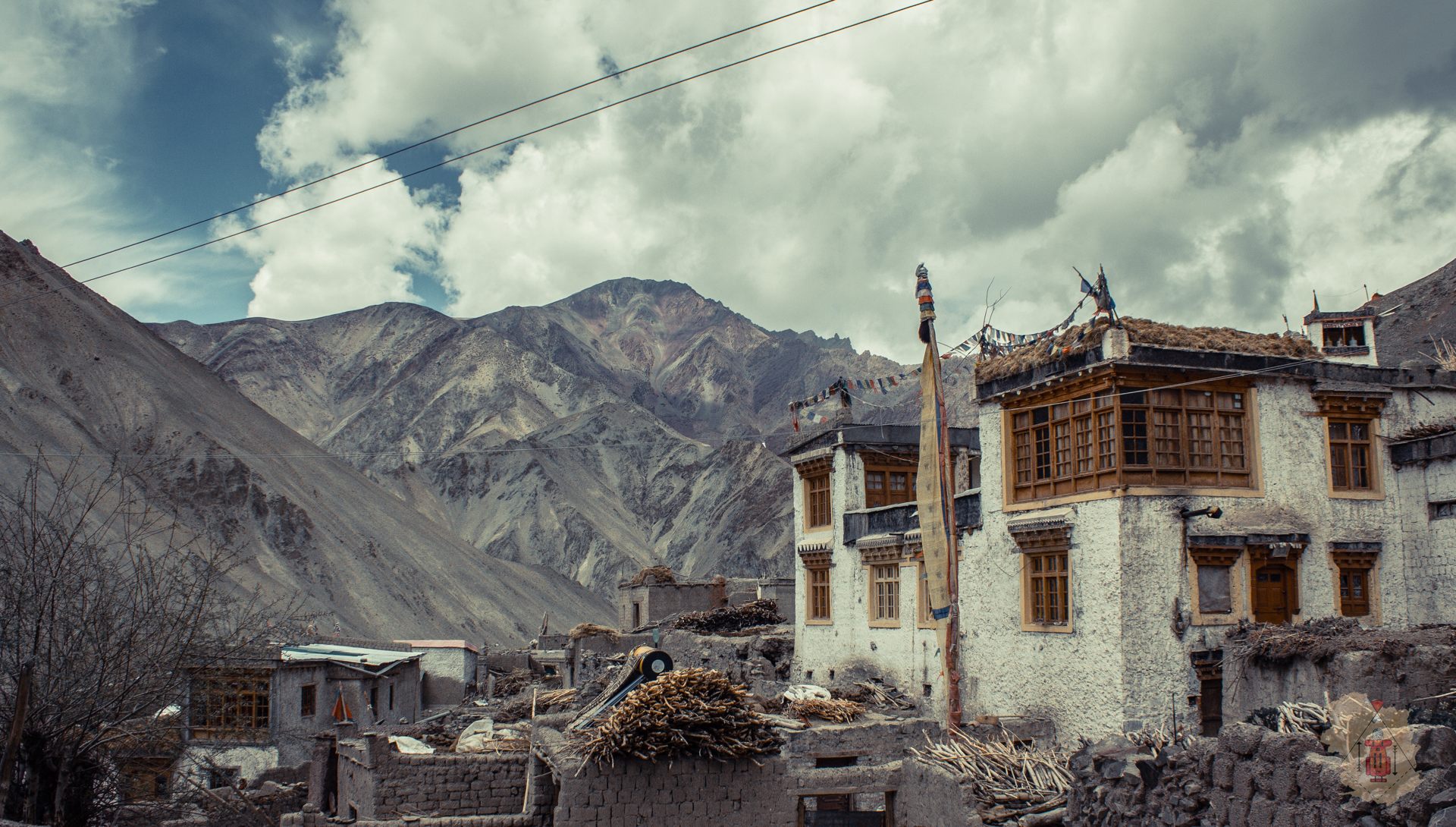
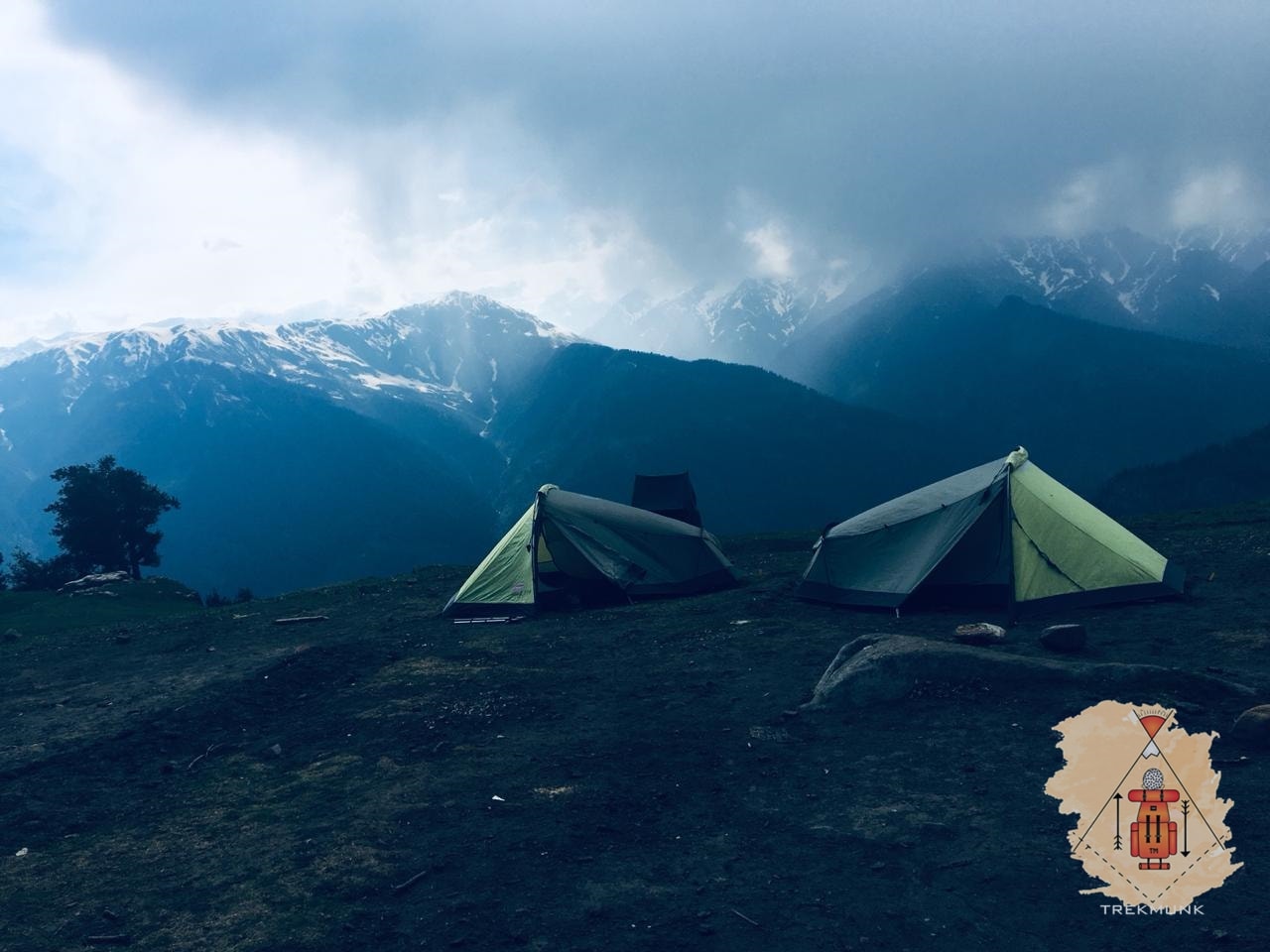
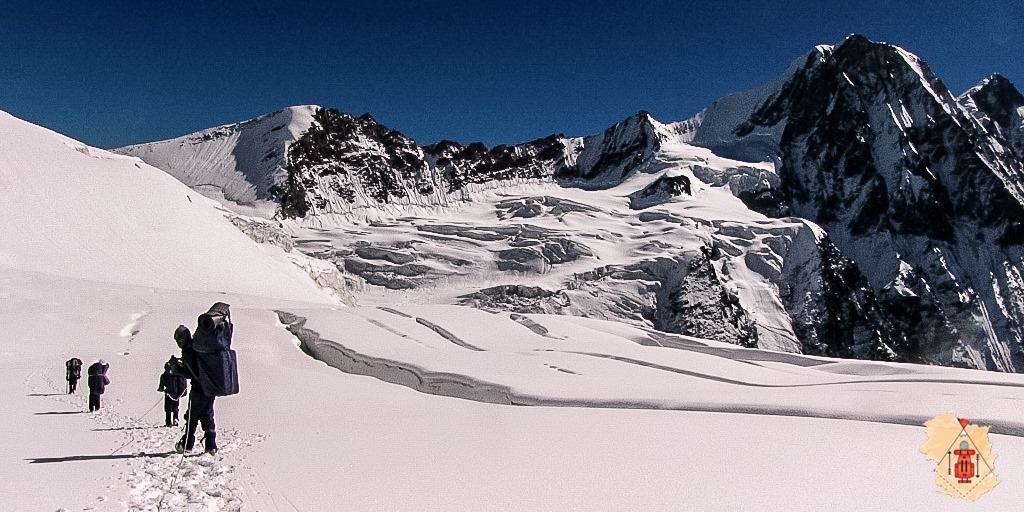
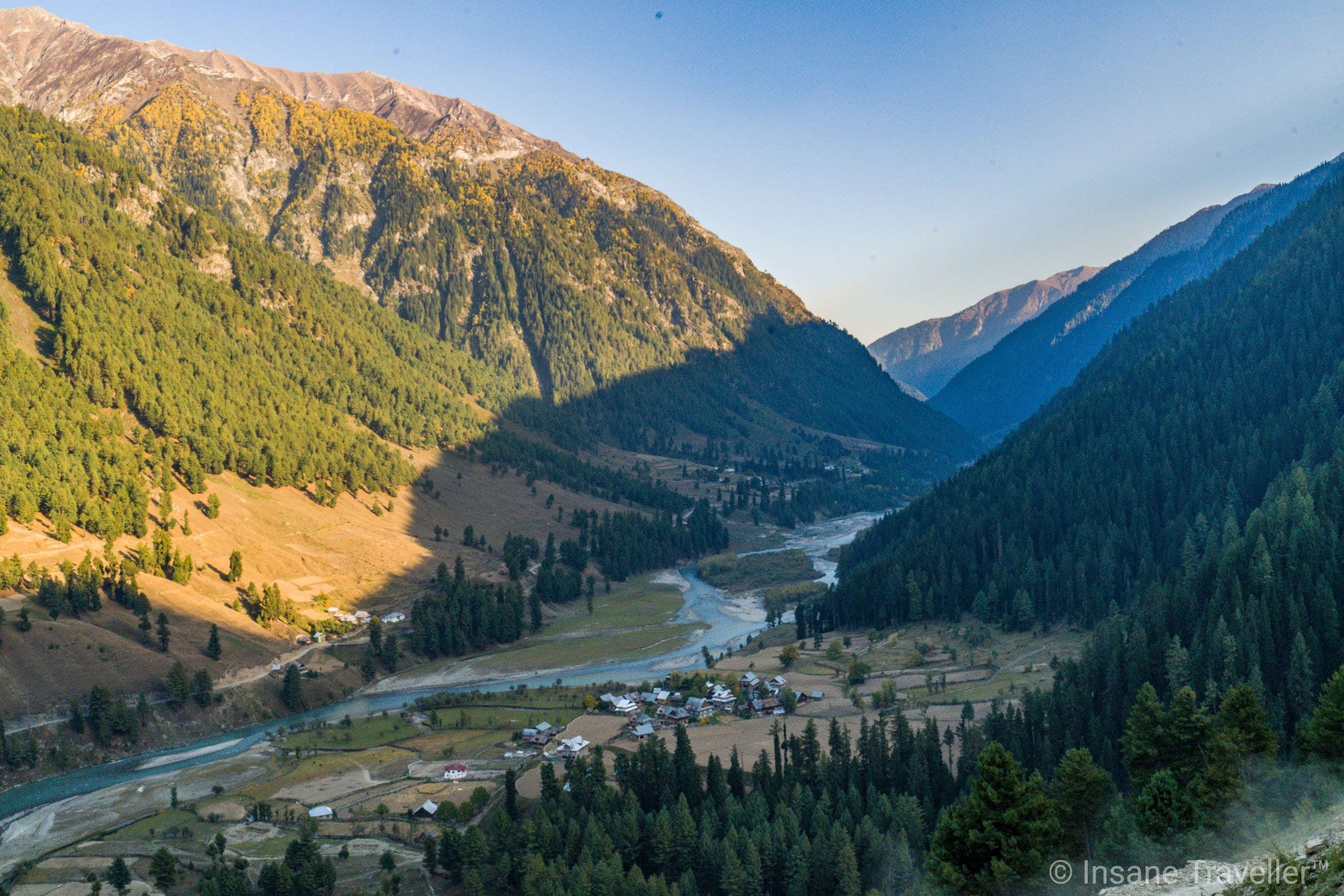
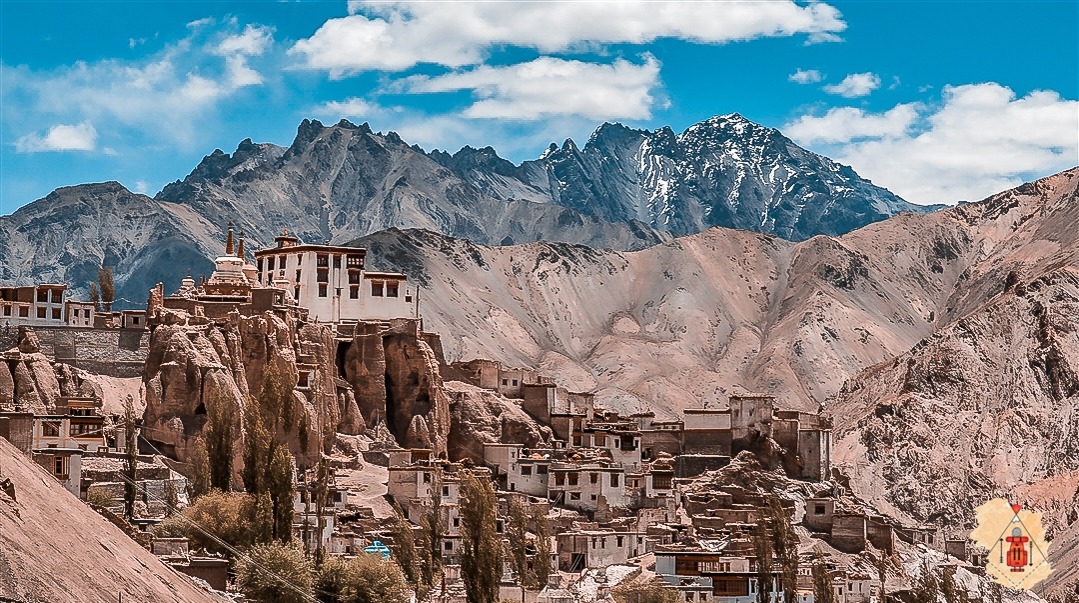
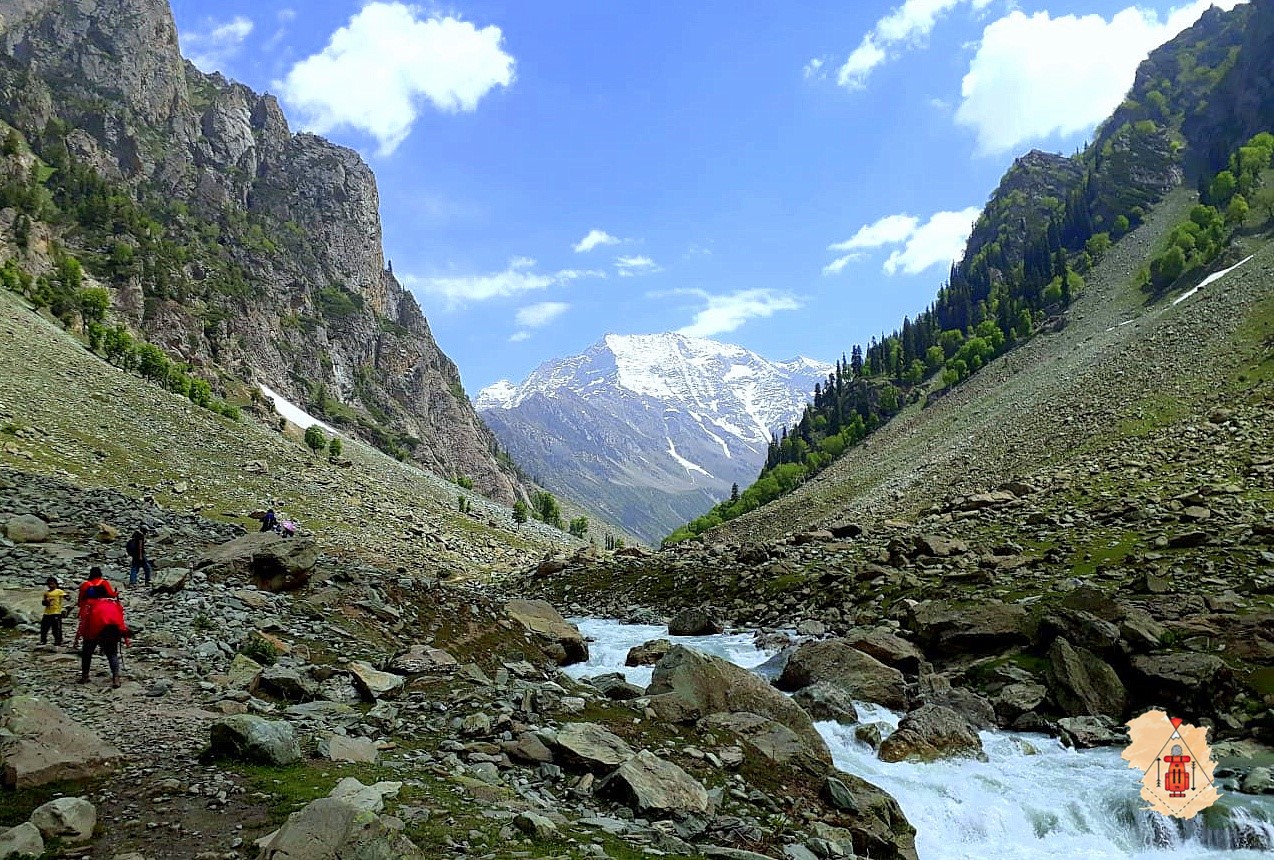
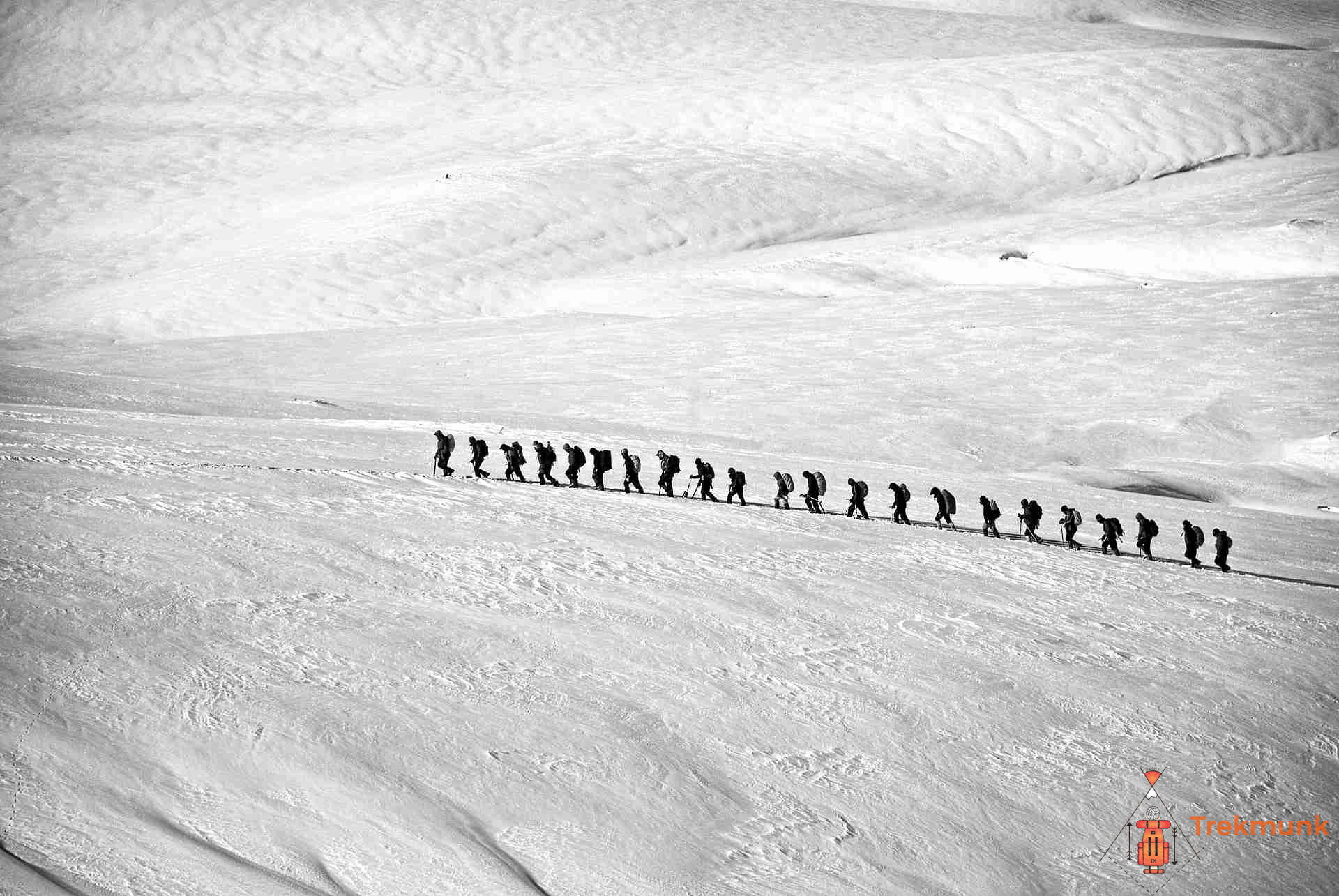
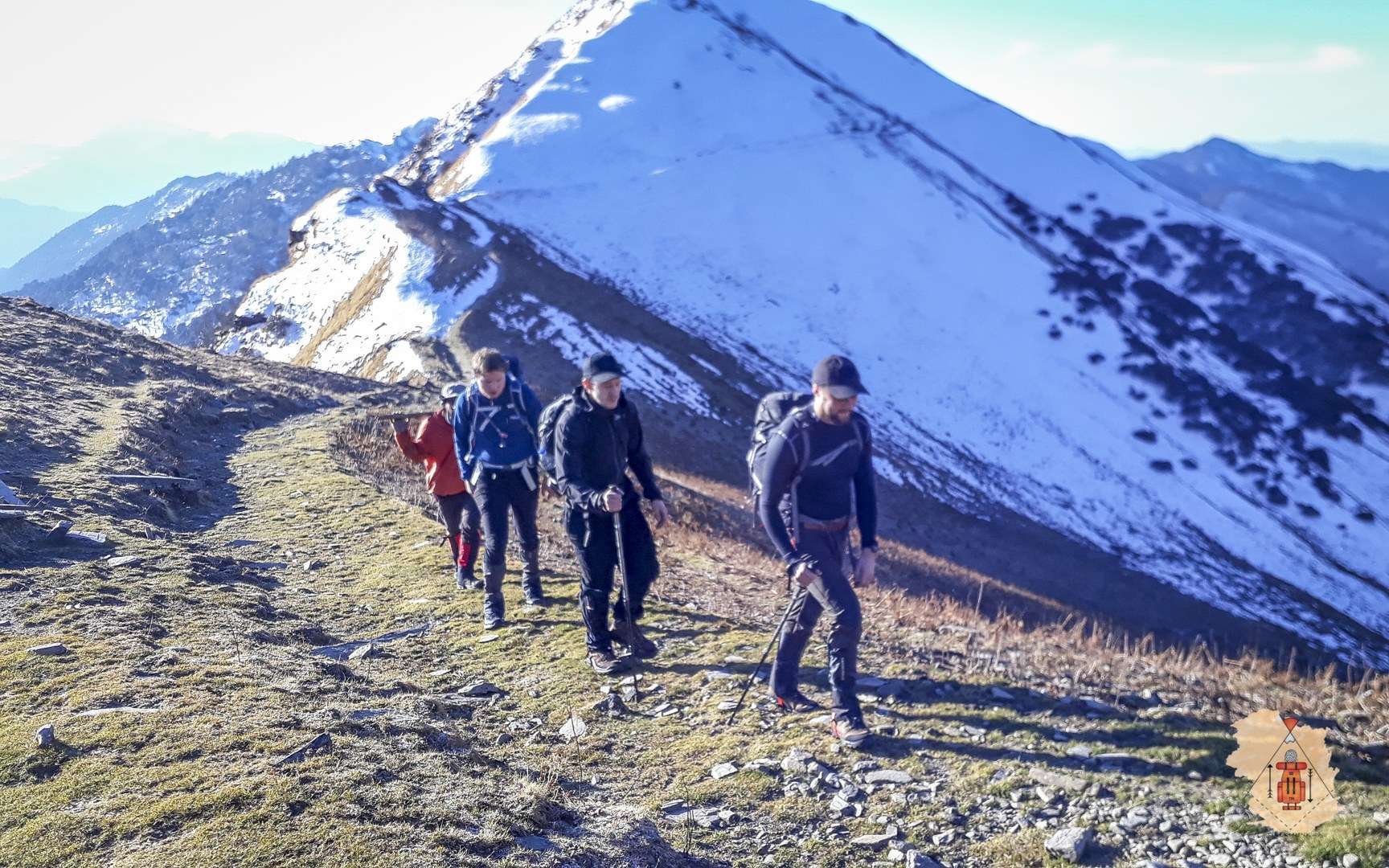

Oshank Soni : Co-Founder at Trekmunk. Has travelled to 28 Indian States, has led more than 50 high altitude treks in the Indian Himalayas. He is an Investment Banker by profession but a traveller by passion. He has led treks in Kashmir, Ladakh, Uttarakhand, Himachal Pradesh, West Bengal, Sikkim and Nepal. He is a NOLS certified First Aid Responder. Chasing the sun is his full-time job, a Storyteller, Travel photographer and Videographer at Insane Traveller Productions.